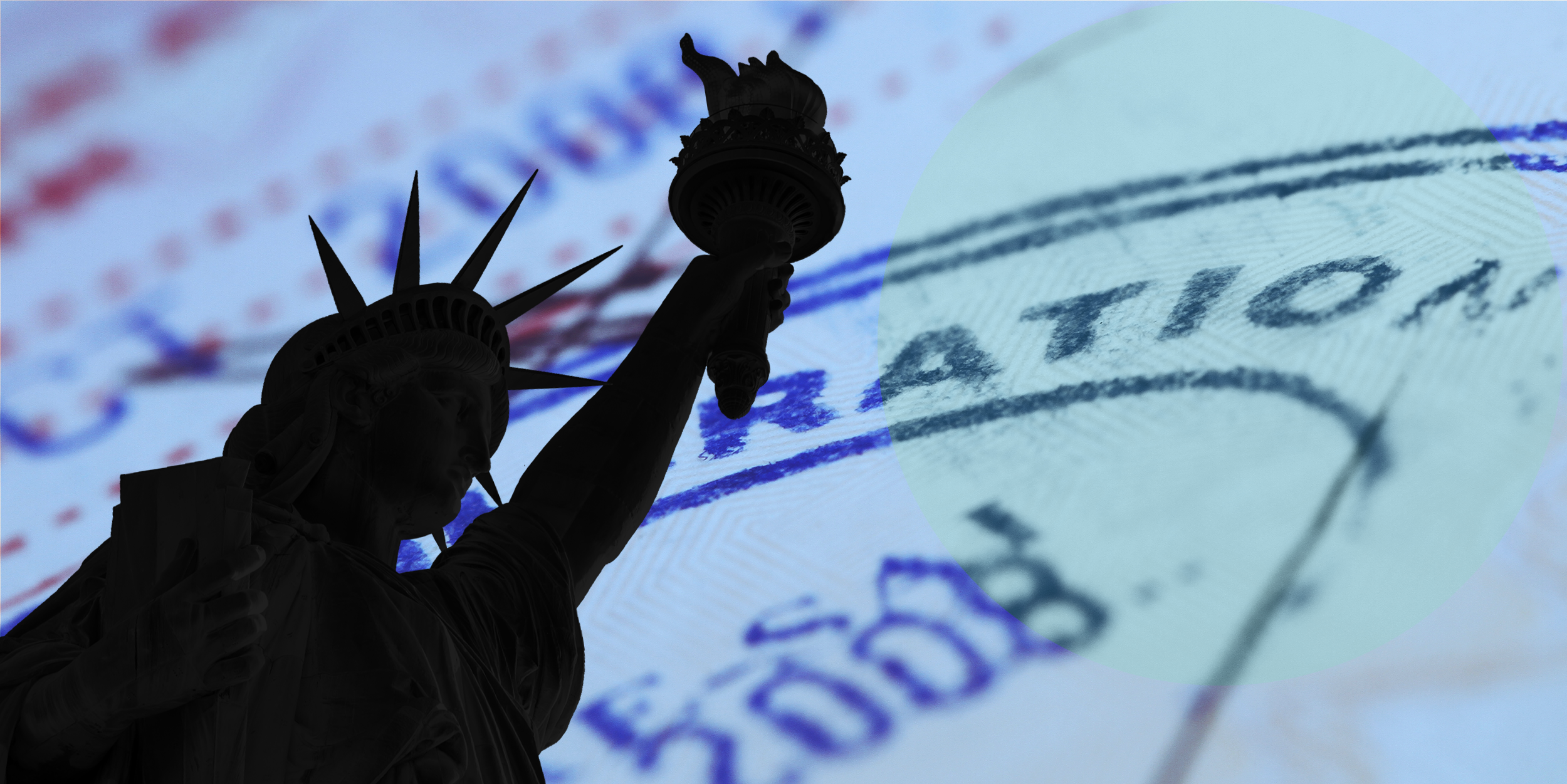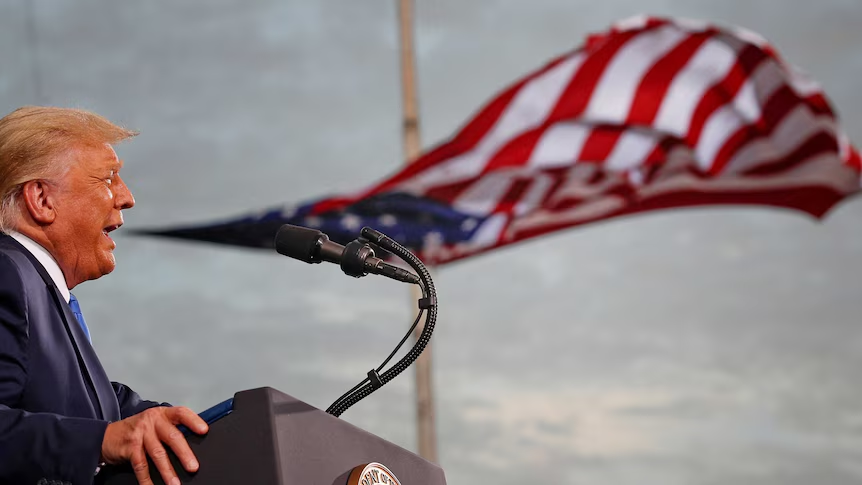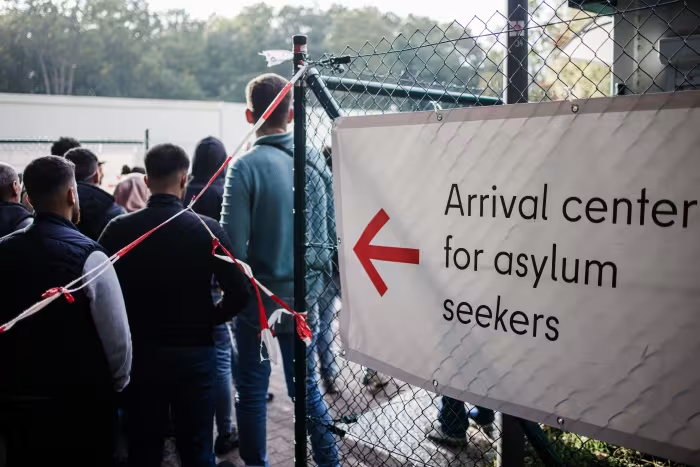The H-1B Visa Program allows U.S. employers to hire foreign workers in specialty occupations. This program is vital for many companies looking for talent in areas like technology, engineering, and healthcare. By securing the right visa, you can connect with opportunities that may not be available in your home country.
Navigating the H-1B process can be complex, but understanding it is crucial for job seekers and employers alike. Many individuals find this chance to work in the U.S. appealing due to the potential for career growth and the experience gained in an international setting.
With the right guidance, you can make informed decisions about the program and your career path. Exploring the details of the H-1B Visa Program might just lead you to new professional opportunities that can shape your future.
Overview of the H-1B Visa Program
The H-1B visa program allows U.S. employers to hire foreign workers in specialty occupations. These jobs often require a higher education degree and specific skills.
Key facts about the H-1B program include:
- Eligibility: You must have a job offer from a U.S. employer, and your role must require specialized knowledge.
- Duration: The visa is typically granted for up to three years, with the possibility of extension to a maximum of six years.
- Cap: There is a limit on the number of H-1B visas issued each year. Currently, this cap is set at 65,000 for regular applicants, with an additional 20,000 for those with advanced degrees from U.S. institutions.
The application process involves:
- Employer Sponsorship: Your employer must submit a Labor Condition Application (LCA) and petition for your visa.
- Visa Application: After approval, you will apply for the H-1B visa at a U.S. consulate.
Important Considerations:
- Once you have the H-1B visa, you can only work for the employer who sponsored you.
- Changing jobs may require a new H-1B petition.
The H-1B visa program is crucial for U.S. companies seeking skilled workers in various fields, including technology, healthcare, and engineering.
Eligibility Criteria
To qualify for the H-1B Visa Program, you must meet certain requirements. These include specific educational qualifications, the type of job, and what your employer must do. Understanding these criteria is key to navigating the application process.
Educational Requirements
You generally need a bachelor’s degree or higher in a related field for the job you are applying for. The degree must come from an accredited institution. If your education is outside the United States, it should be equivalent to a U.S. degree.
Some employers may require a master’s or higher degree, depending on the job’s complexity. Additionally, you might also qualify if you have a combination of education and experience. Typically, three years of work experience can be counted as one year of college education.
Occupational Eligibility
The job must be in a specialty occupation. This means it should require specific knowledge and skills, often related to fields like IT, engineering, or healthcare.
To prove this, you can show that your position meets one of these criteria:
- The position usually requires a bachelor’s degree or higher.
- Your employer normally requires a degree for the job.
- The job is so complex that it can only be performed by someone with specialized knowledge.
Employer Responsibilities
Your employer must be willing to sponsor your application. This means they need to file a Labor Condition Application (LCA) with the U.S. Department of Labor.
The employer also must:
- Pay the required wages, which cannot be less than what they pay U.S. workers in similar roles.
- Ensure working conditions do not harm other employees.
- Provide accurate information about the job and salary in the application.
These responsibilities ensure that the hiring process is fair and legal.
Application Process
The application process for the H-1B Visa involves several important steps. You need to understand each stage to ensure a successful application.
Petition Filing
The first step is for your employer to file a petition with U.S. Citizenship and Immigration Services (USCIS). They need to submit Form I-129, which is the Petition for a Nonimmigrant Worker.
The employer must provide details about the job, your qualifications, and the terms of employment. They should also include information about their business and financial capacity. It’s essential to file during the specified window, usually starting in April, to increase chances of acceptance.
Labor Condition Application
Before filing the petition, your employer must get a Labor Condition Application (LCA) from the Department of Labor. The LCA shows that your employer will pay you the prevailing wage, which is the average salary for your job in that area.
Your employer must also confirm that hiring you will not negatively affect the working conditions of other employees. Once the LCA is approved, it is valid for three years. This application is key to ensuring fair wages and working conditions.
Visa Interview and Approval
After the petition and LCA are approved, you must apply for the H-1B Visa at a U.S. consulate if you are outside the U.S. This step includes filling out Form DS-160 and scheduling a visa interview.
At your interview, be prepared to provide documents such as the approved petition, LCA, and proof of your qualifications. The consular officer will decide whether to grant the visa based on your application and interview performance. If approved, you can then begin your employment in the U.S.
Regulations and Policies
The H-1B Visa Program has specific regulations and policies that govern its operation. Understanding these rules is essential for employers and foreign workers to navigate the application process effectively.
Cap and Lottery System
The H-1B visa program is subject to an annual cap of 65,000 visas for regular applications and an additional 20,000 for those with a master’s degree or higher from U.S. institutions. When demand exceeds this limit, a lottery system is used.
In this lottery, employers apply for a visa on behalf of the worker. If selected, the application can proceed. If not, you must wait for the next filing period. Applications typically open on April 1 each year.
Wage Level Guidelines
The program requires employers to pay H-1B workers the prevailing wage for their job position. This wage is determined by the U.S. Department of Labor based on location and job type.
Employers must complete Labor Condition Applications (LCAs) that show they will pay this wage. Failure to comply can result in penalties, including fines and loss of ability to sponsor the visa.
Period of Stay
The H-1B visa is usually granted for a maximum of three years, with an option to extend up to a total of six years. Extensions may be possible for certain circumstances, like pending green card applications.
After the six-year limit, you generally must leave the U.S. for one year before you can apply for another H-1B. There are exceptions for those with pending immigration cases or certain renewal provisions.


